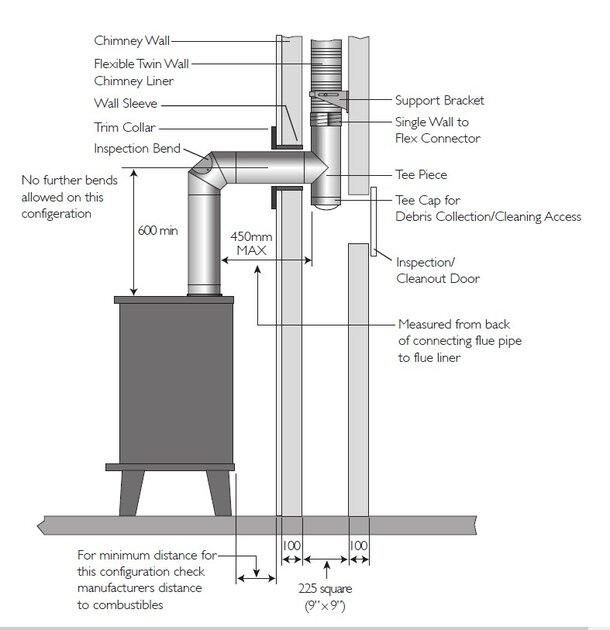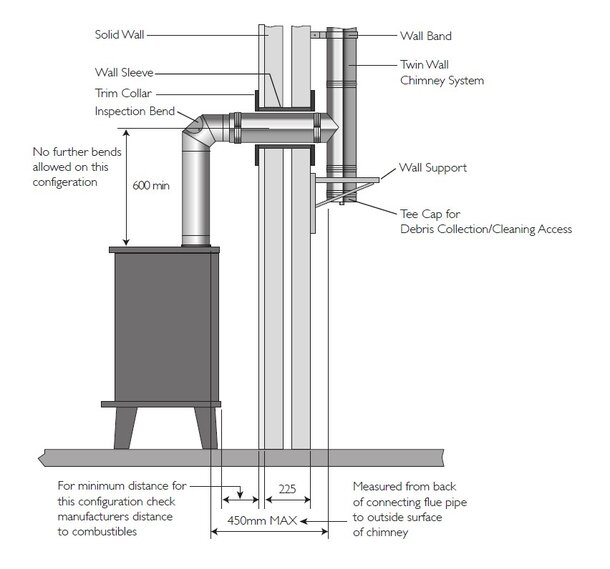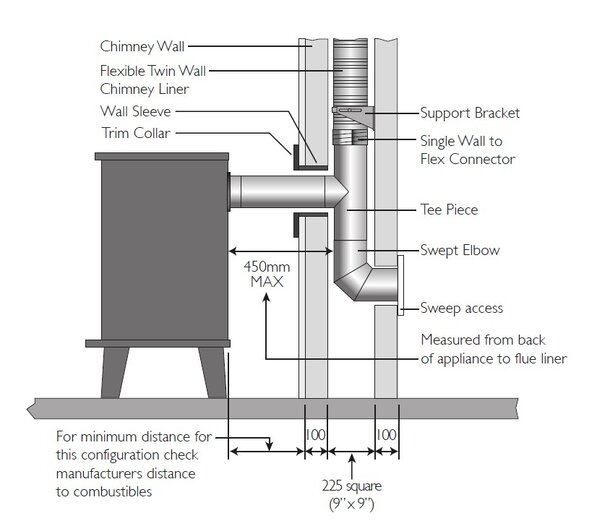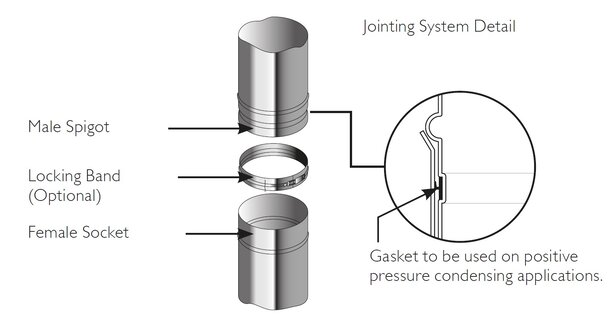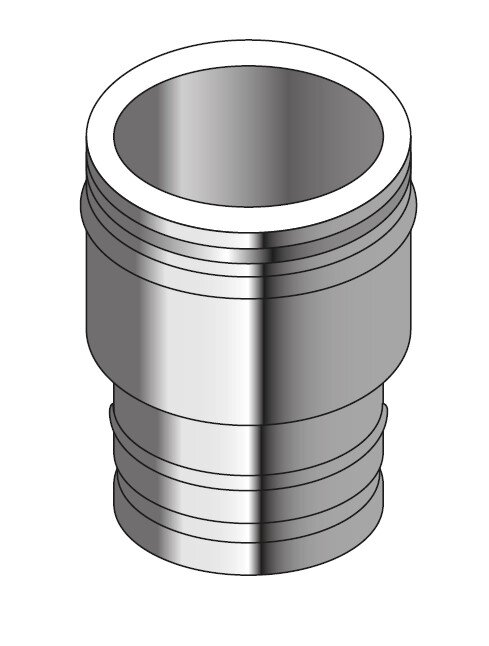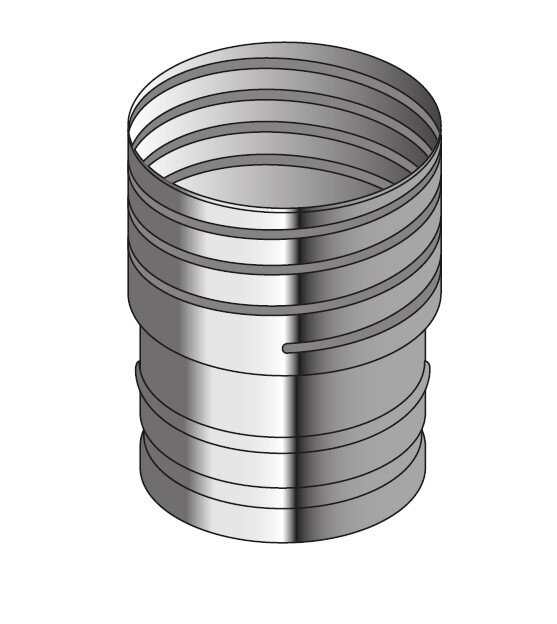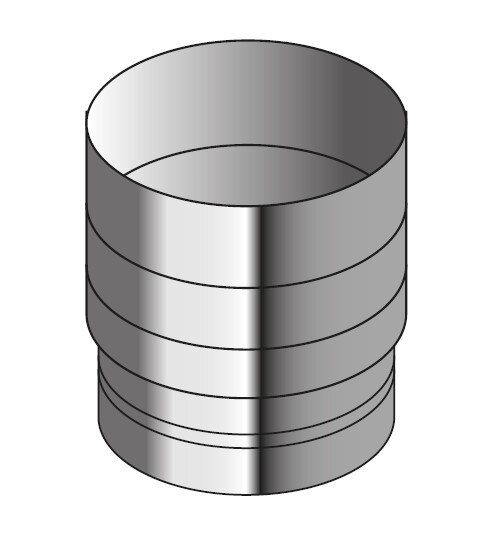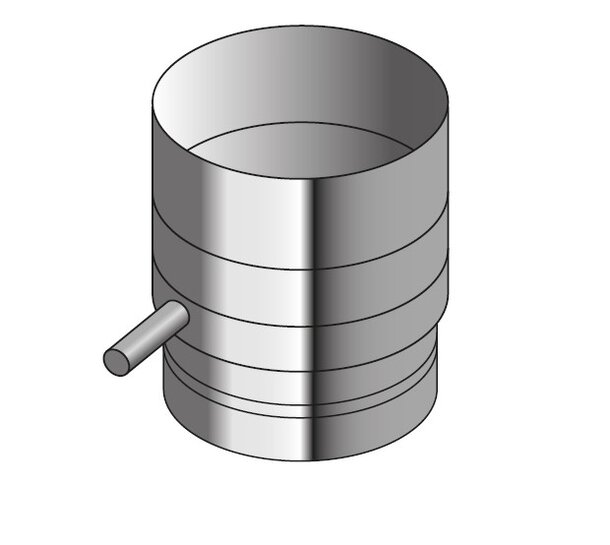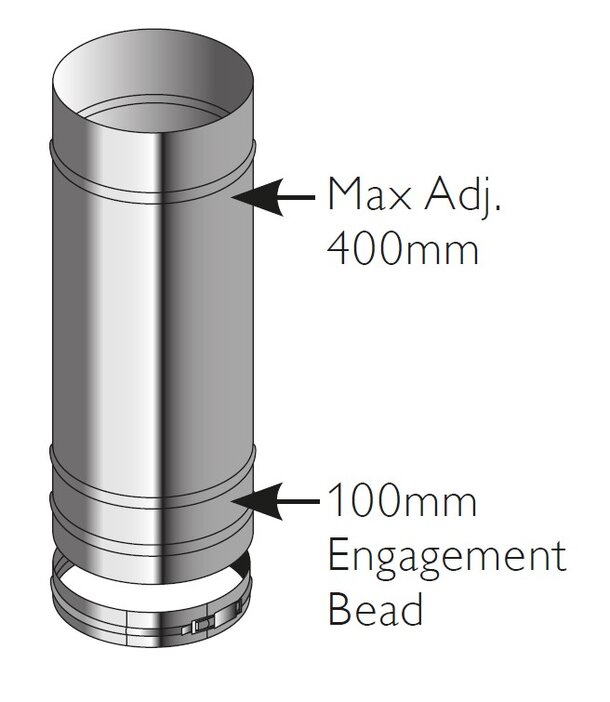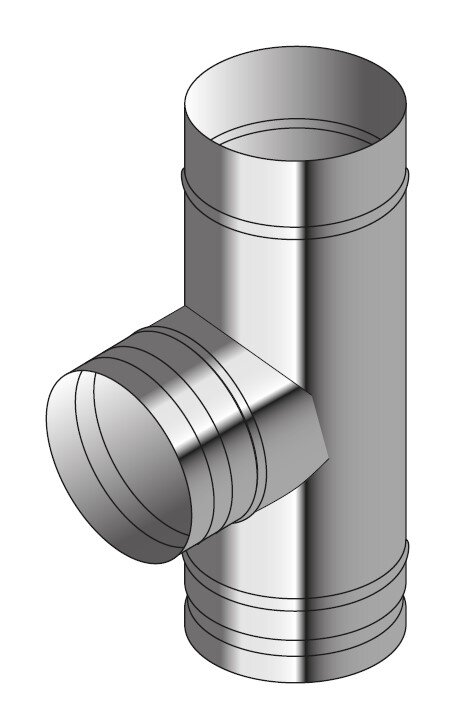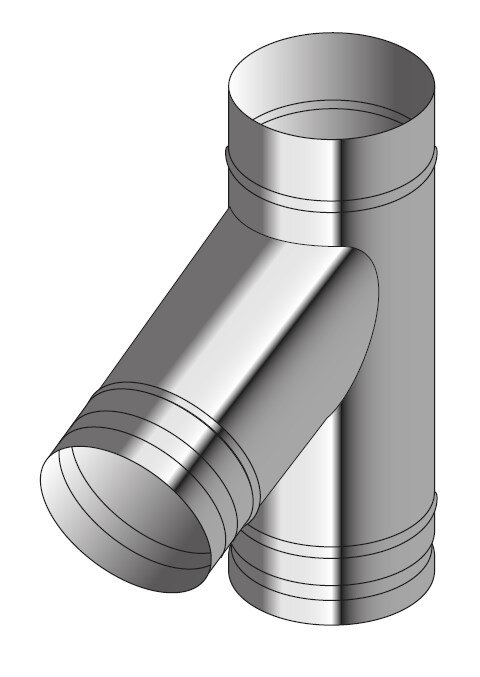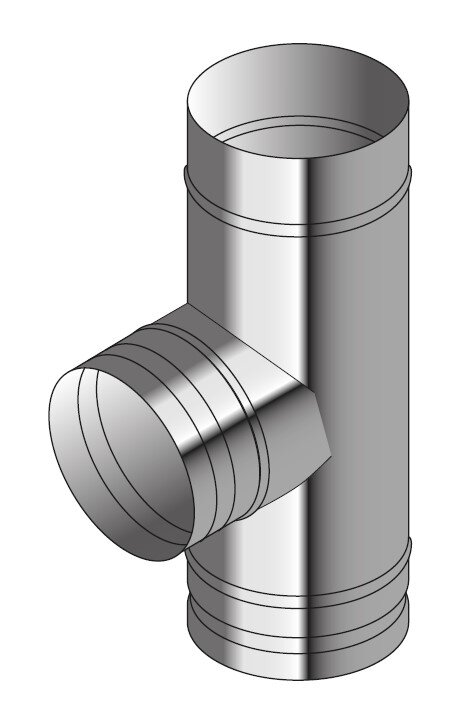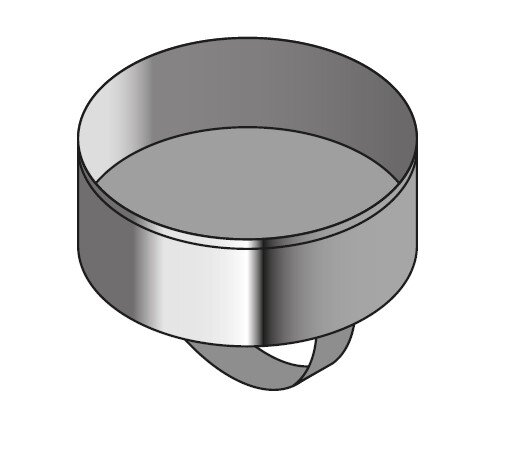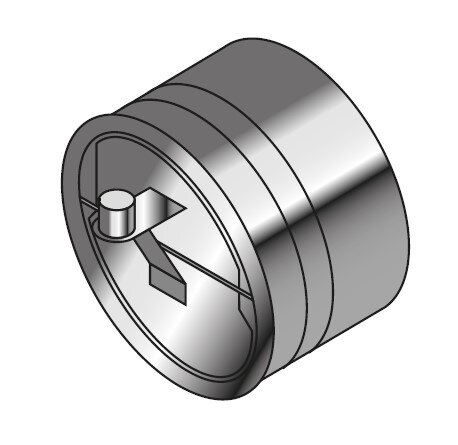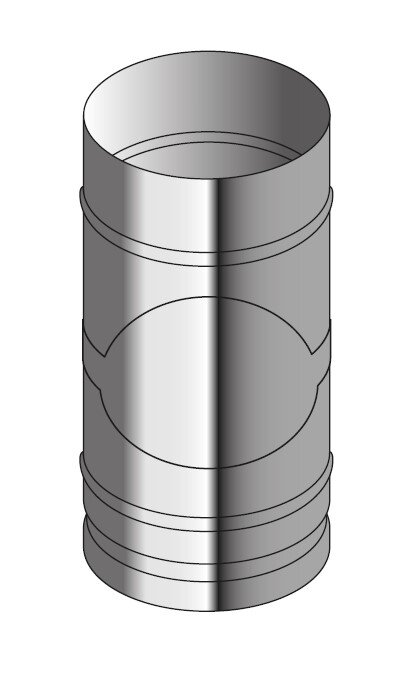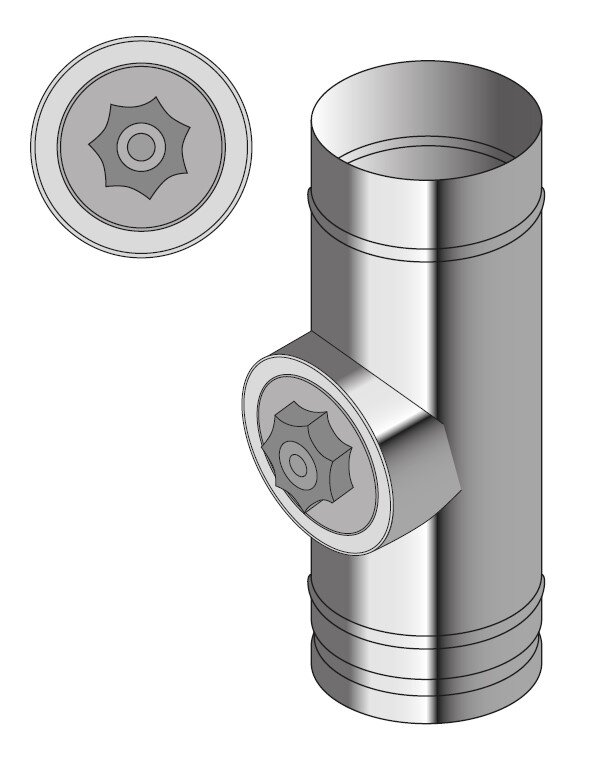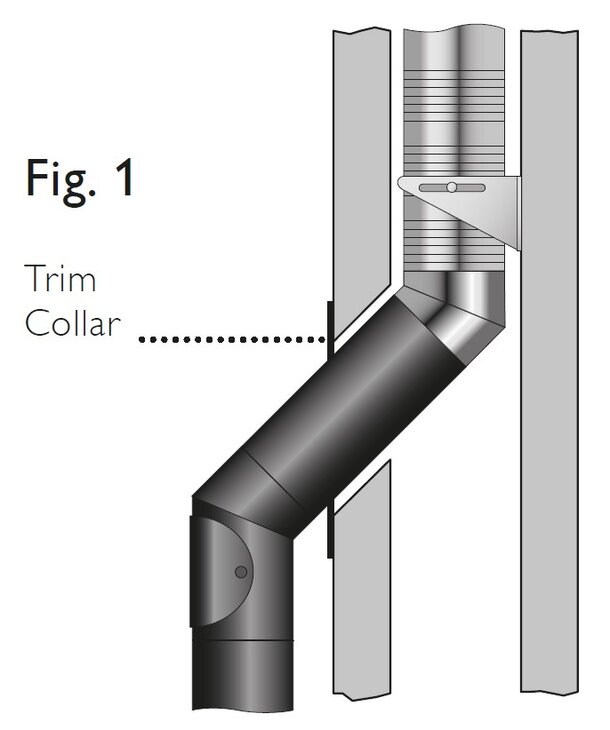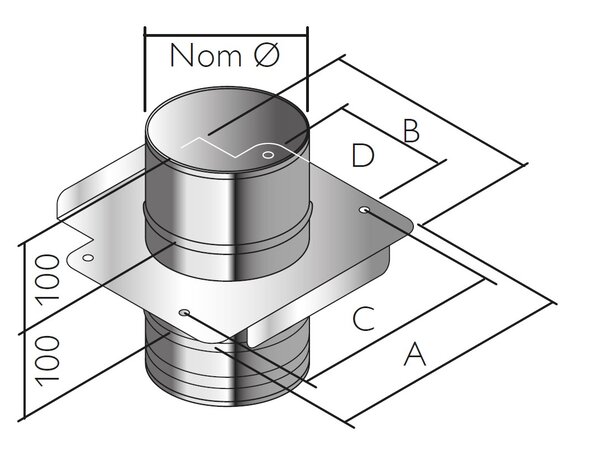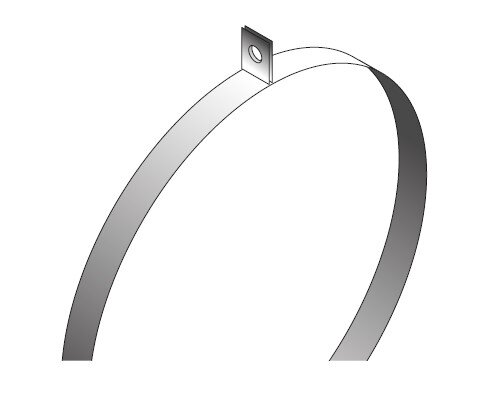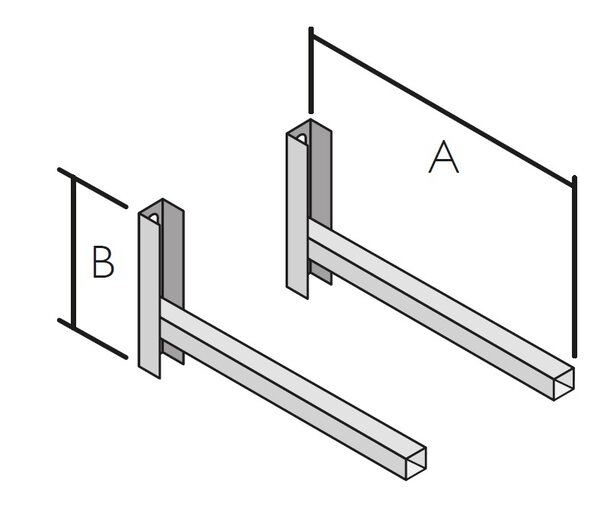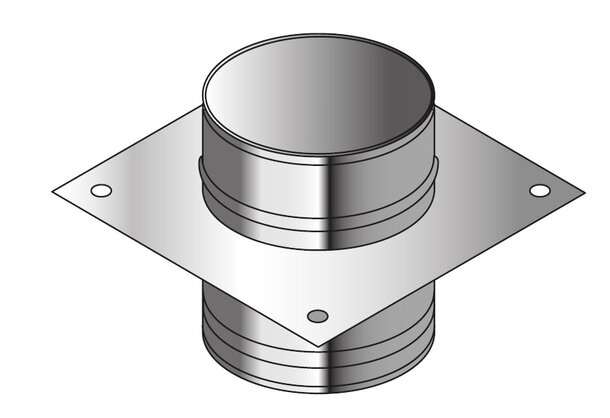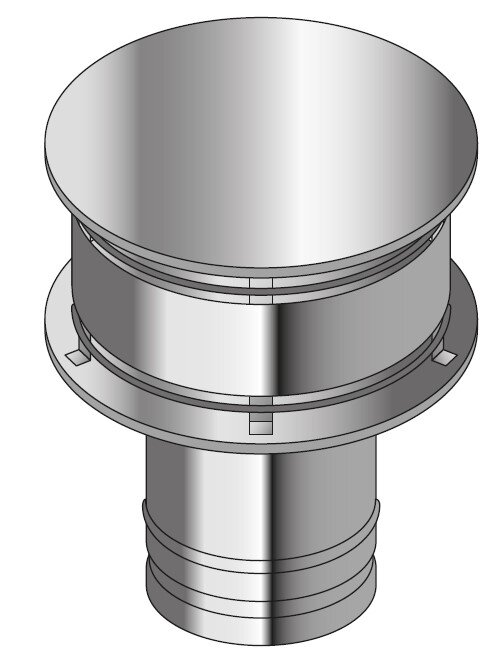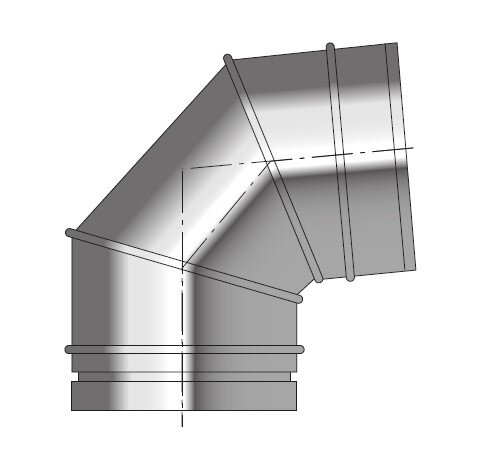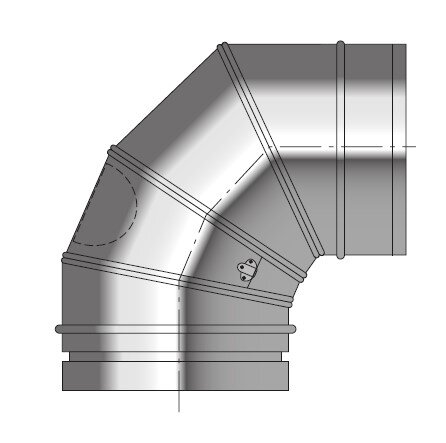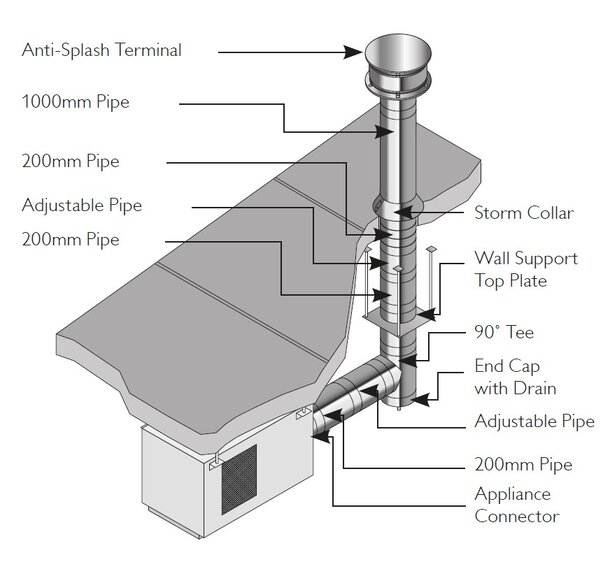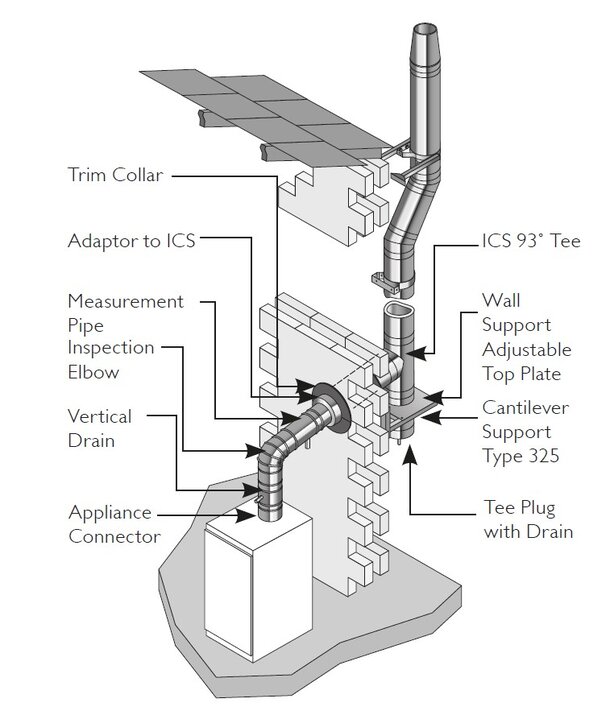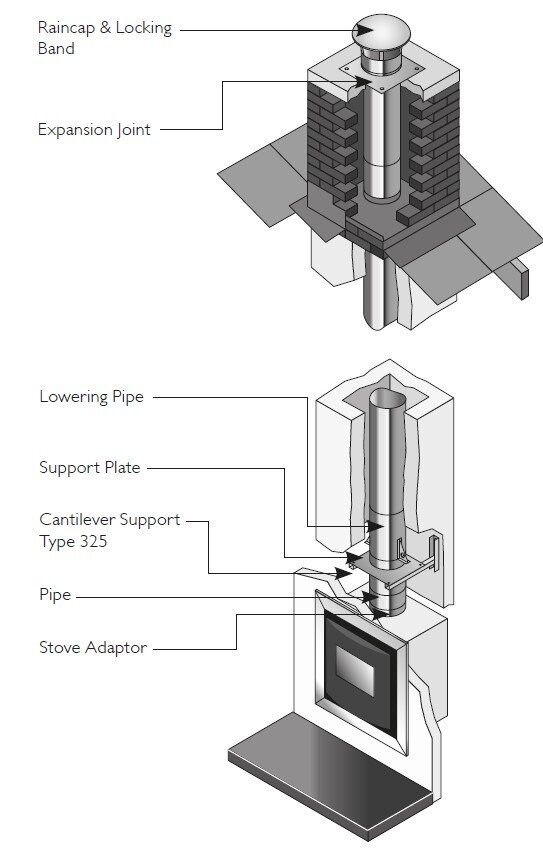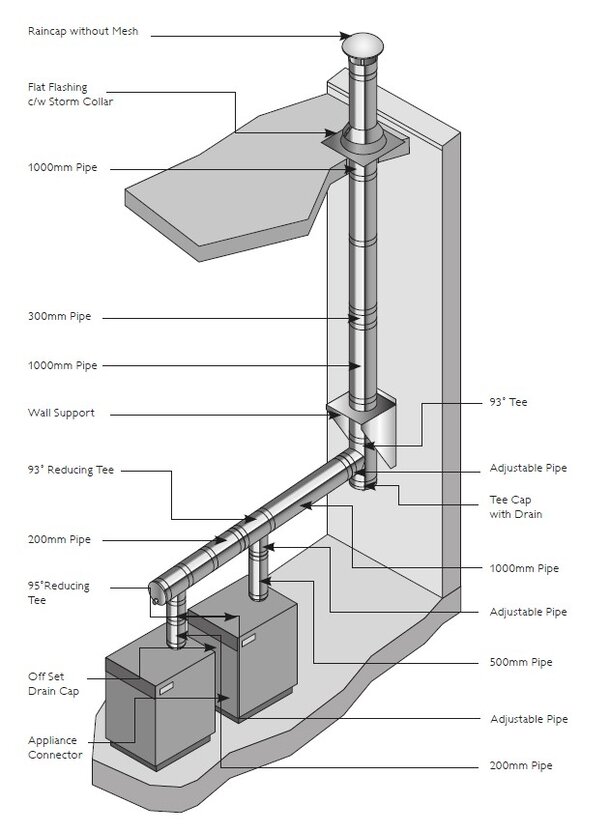Prima Plus is CE Certified for the following applications:- Connecting Flue Pipe - EN1856-2 TÜV 0036 CPR 9195 017 Chimney Liner - EN1856-2 TÜV 0036 CPR 9195 019 System Chimney - EN1856-1 TÜV 0036 CPR 9195 018
APPLICATIONS
Prima Plus is designed for use on solid fuel, gas and oil burning appliances with continuous operating temperatures of up to 600°C. With the addition of a lip seal gasket to the joint, Prima Plus may be adapted for use on condensing gas and oil appliances with positive pressure of up to 200Pa and continuous operating temperatures of up to 200°C. For condensing applications it is important that any horizontal runs must have a fall of 5°, where headroom makes 5° impossible the minimum acceptable for warranty purposes is 3°. The design must include drainage component must be installed within the system to facilitate the safe removal of condensates.
VENTILATION
It is very important that sufficient air for combustion is provided to the room containing the appliance, to enable correct and efficient working of the system. Reference should be made to the appliance manufacturer’s instructions and recommendations are also given in the Building Regulations Document J.
CARBON MONOXIDE ALARMS
The carbon monoxide alarms should comply with BS EN 50291:2001.
Where a new or replacement fixed solid fuel appliance is installed in a dwelling, a carbon monoxide alarm must be provided in the room where the appliance is located.
Please follow manufacturer’s instructions with regard to siting and fixing or alternatively:-
N.B Provision of a carbon monoxide alarm should not be regarded as a substitute for correct installation and regular servicing.
HANDLING
It is advised that suitable PPE should be used when handling the products.
Delivery to Site and Storage
Components should be carefully transported and off loaded. They should be inspected to ensure they have not been damaged, and should be stored off the ground and under cover so that they are protected from accidental damage and the adverse effects of weather.
Particular care and attention should be taken to avoid surface damage to product with the high temperature painted finish.
ENGLAND / WALES
The installation must be carried out by a HETAS, OFTEC, NAPIT or APHC registered installer for England and Wales.
SCOTLAND
All installations need to be carry out by a competent person this could be a HETAS, OFTEC, NAPIT or APHC registered installer or have been approved by the local building control authority.
